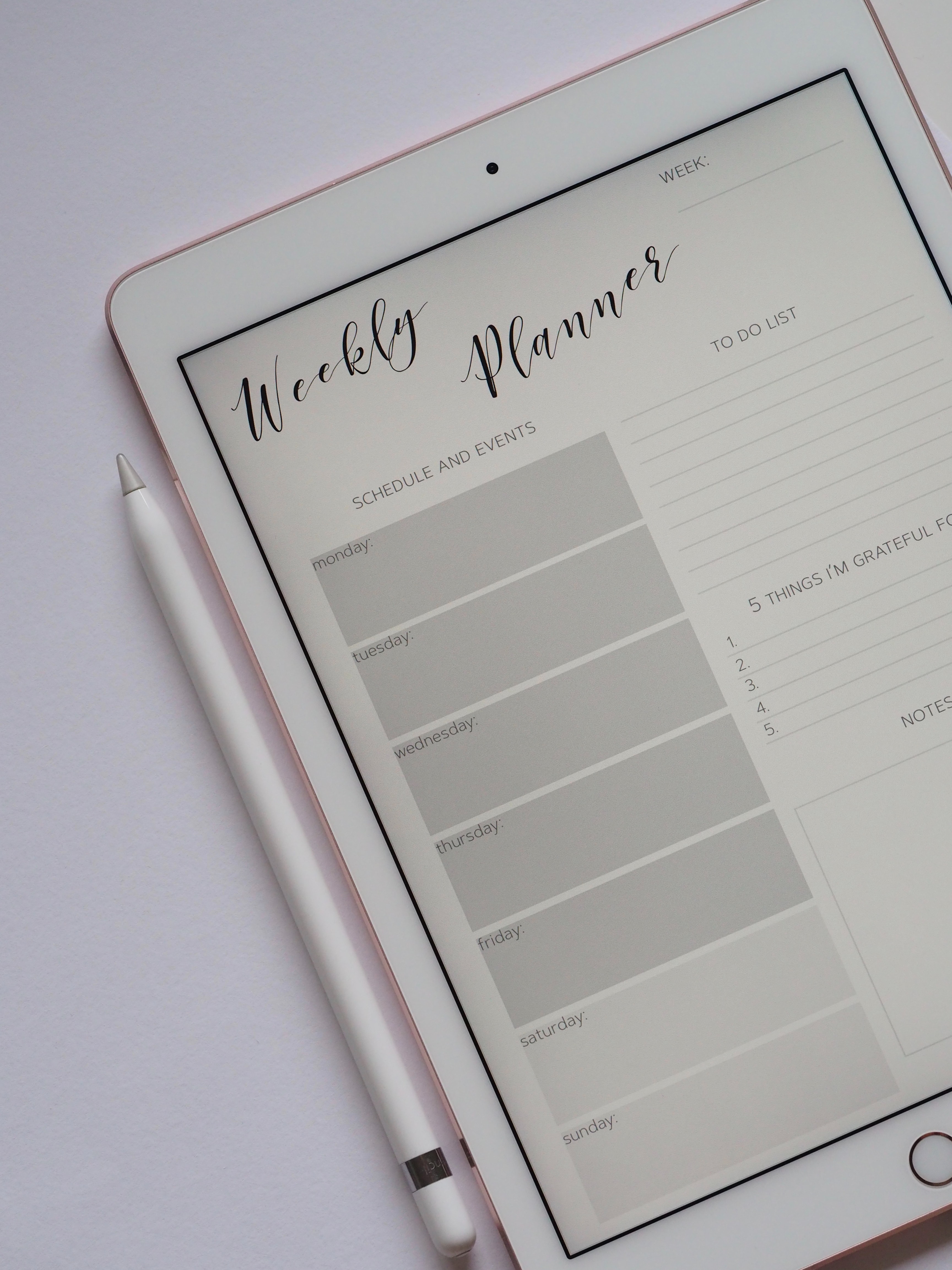Stop Making Resolutions

Stop Making Resolutions
4 steps for translating intention into results
By the end of New Year’s Day, the single greatest exercise in futility will have begun in full force. Thousands of people will boldly declare their “resolutions,” joining gyms, buying exercise bikes, reading books on goal setting and revving up their emotions in a determined effort to see these resolutions through (this time.) Sadly, most will fail. But it won’t be because they lacked the willpower or the resources to succeed.
They will fail because their game plan was insufficient for the outcomes they wanted.
I once heard Dr. Stephen Covey remark that, “the beginning of wisdom is the definition of terms.” I’ve often found this to be true in my own work as a coach, and never more so than when you’re talking about your approach to the new year. For example, what we refer to as resolutions, aren’t actually resolutions at all – they are merely intentions.
So, to help you ensure that this really is the year when the things you want most become a permanent part of your life, here’s 4 steps for translating intention into results.
🙏 Intention - this is what you actually do at the beginning of a new year. You identify the things you intend to do in the next 365 days. It’s an important beginning, but can mean very little without the other three elements. At most, this is a sincere and heart-felt statement of where you plan invest your energy (and see progress) in the coming year. No matter how serious you are, you shouldn’t confuse it with a “resolution” (see below). All resolutions begin with intention, but many intentions never reach the level of a resolution.
INTENTION EXAMPLE: My intention is to become fit and healthy this year.
🎯Goals – this is the measurable expression of your intention. It’s most valuable when it represents an objective evaluation of where you began and where you intend to finish. Without the ability to measure progress, there’s a real danger of either thinking you’ve done more than you really have, or worse, undervaluing the hard-won progress you’ve actually made.
By setting the goal from wherever you are now to where you want to be, you also avoid the trap of comparing yourself with anyone else. It’s important to note that the goal includes not only the objective measurement, but also a clear finish line. If your goal doesn’t include “by when” it’s simply an entry in your “someday” file of things you’ll likely never do.
GOAL EXAMPLE: My goal is to run a mile without stopping in less than 10 minutes, by December 31
GOAL EXAMPLE: My goal is to achieve 20% bodyfat by December 31

🔥Commitment – this is the weekly action you are committed to making, and completing, every single week until the goal is reached. Weekly commitments can be incredibly small, or really significant. They can also be the same each week, or they can vary based on your own assessment of what will help you most. The key element is consistency - making your commitment at the beginning of the week and ensuring that you follow through before the week is over.
COMMITMENT EXAMPLE: My commitment this week is to walk 1,000 steps every day.
COMMITMENT EXAMPLE: My commitment this week is to log everything I eat into MyFitnessPal.

💪 Resolution – this is where you hold yourself accountable for keeping your commitments, and ultimately, for reaching your goals. But remember, it’s not real unless you are keeping track. The mind is a powerful ally, but it’s also a deadly manipulator. Whether you use technology, or just pencil and paper, a visual representation of your progress is essential to staying engaged, and to staying honest. I’m a big fan of the app Done. This app lets me set up my goals and commitments, and then record my progress with just a touch on my phone.
By far, the most powerful resource in the pursuit of a goal is a partnership of accountability to another person. As the old teaching says, “Two are better than one.” If you’re fortunate enough to have a friend who’s pursuing the same goals, you’ll find that you’re far more likely to stay with it because of the accountability, and the encouragement, a partner can provide. But even if you are pursuing different goals (in different ways, from different places…) a weekly 10-minute phone call where you share your results from the previous week with each other, as well as your plans for the coming week, provides an enormous boost and a deepening bond.
RESOLUTION EXAMPLE: “Hey Susan, last week I got in all my steps, but I missed one day of logging my food into the app. So, for next week, I plan to hit both my commitment for steps, and for tracking what I’m eating.”

If you’re inspired and determined to reach the things you want this year, then follow this simple formula:
- Declare your intention
- Set your goal(s)
- Make your commitments weekly
- Resolve to keep score and be accountable for following through
When you reach the point where you know how to translate your intentions into passionate, committed actions, nothing will be impossible for you.

Good luck. And Happy New Year!

